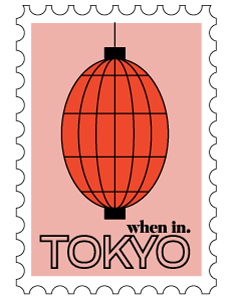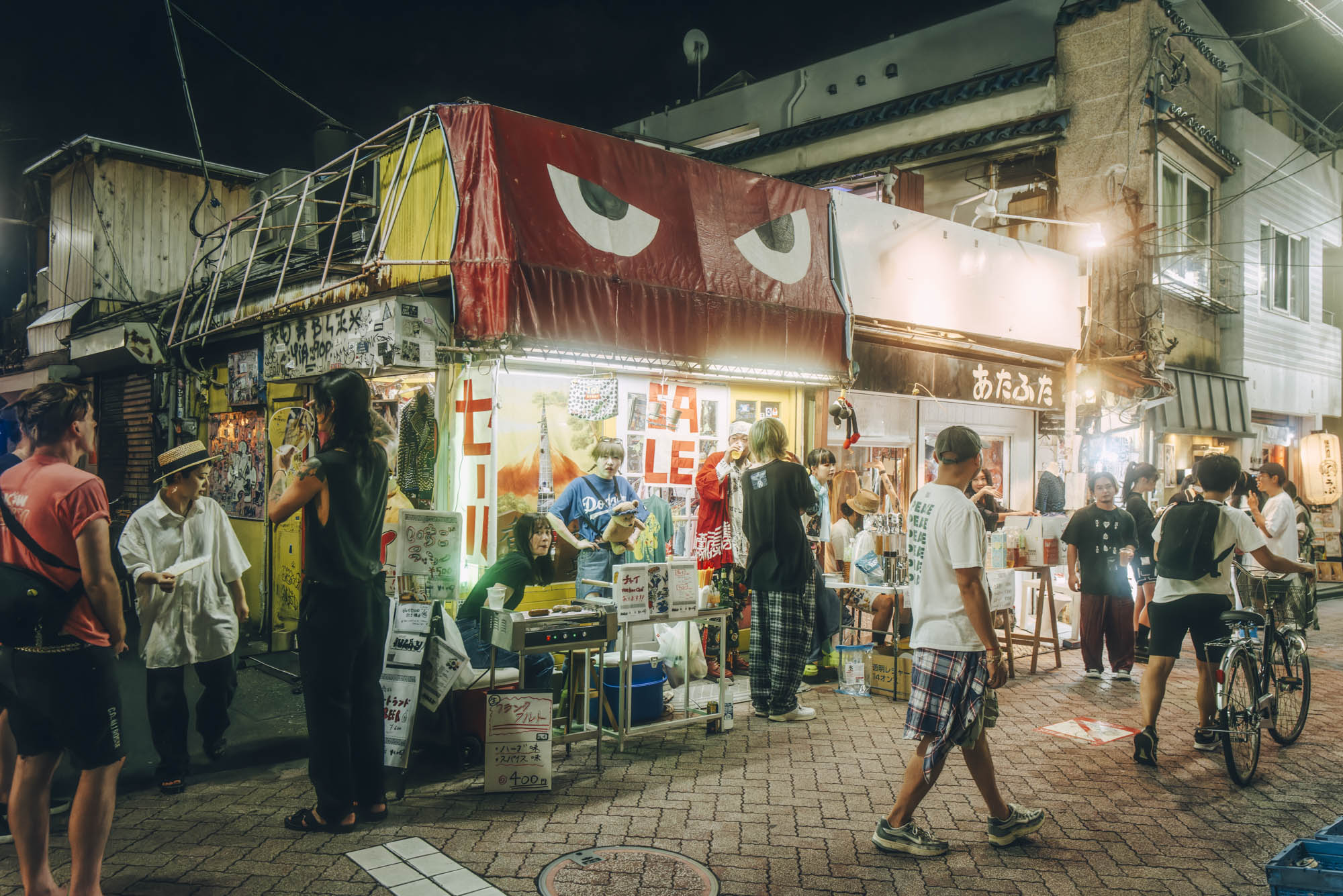
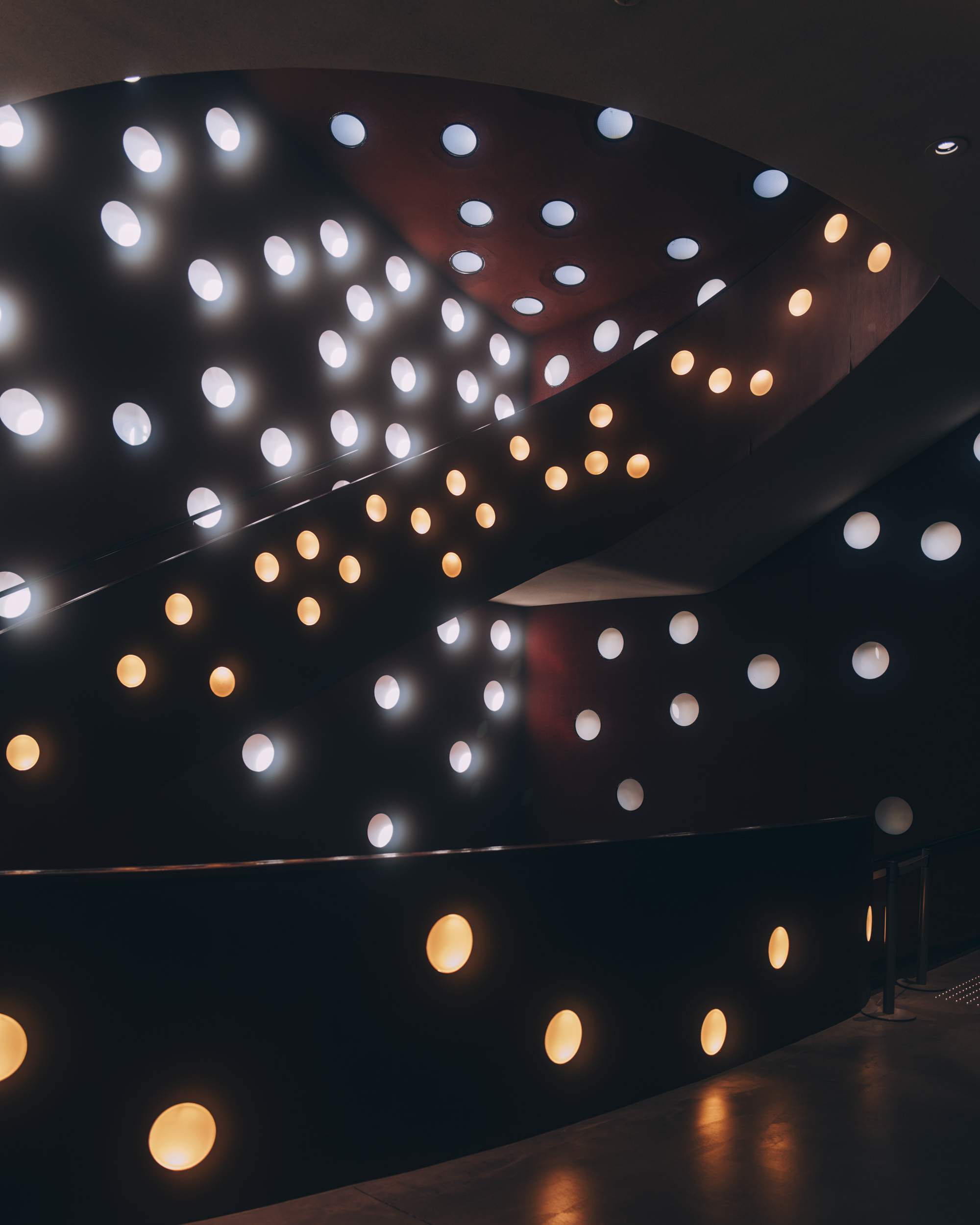


Start your day with a casual walk, and make your way southwest of the JR station up a pedestrian street known for its vintage stores. There are Safari, ZOOL and Slut on the main street, while Hurry Up, Mecha, Anemone and a few others are more hidden in the smaller alleyways.
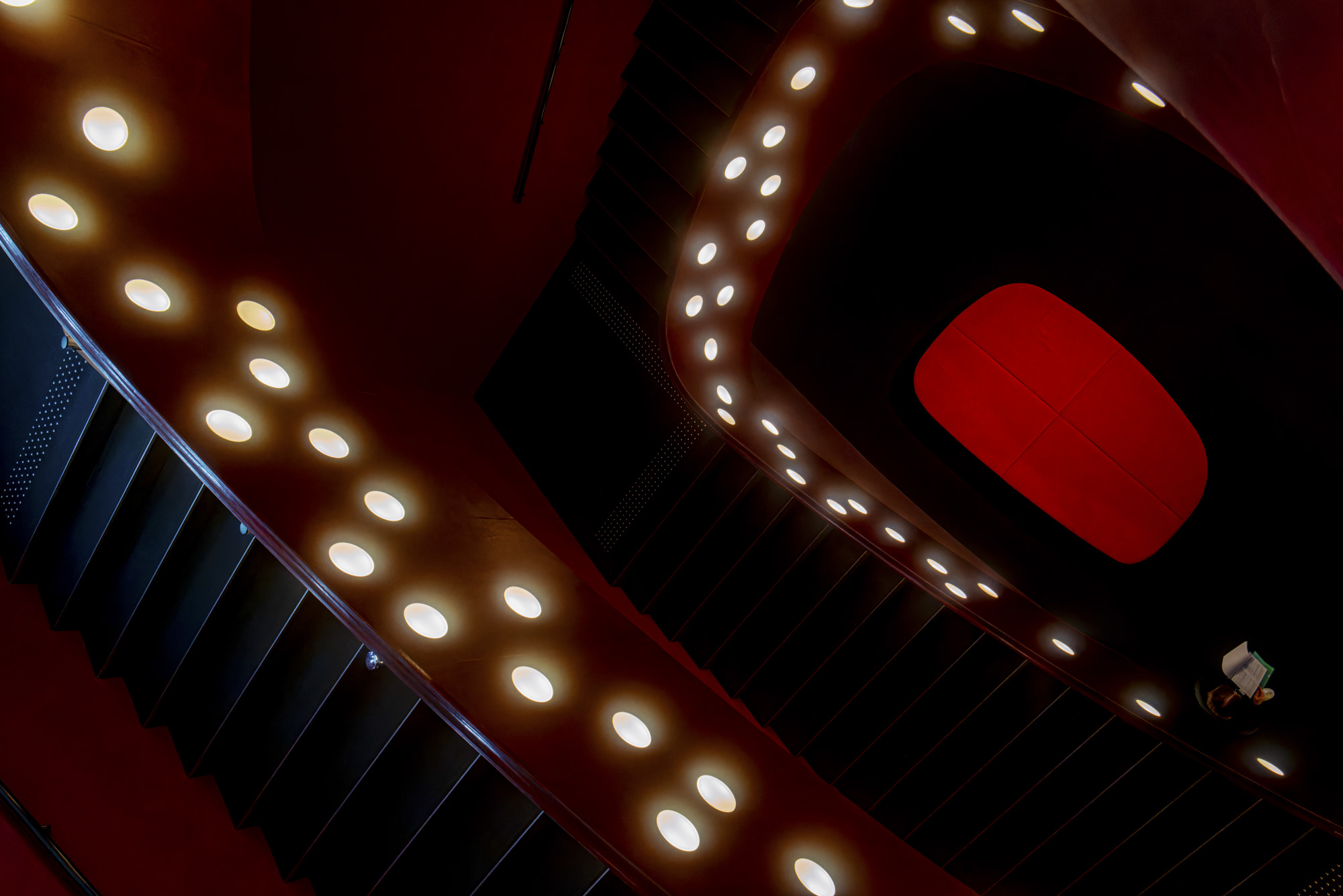
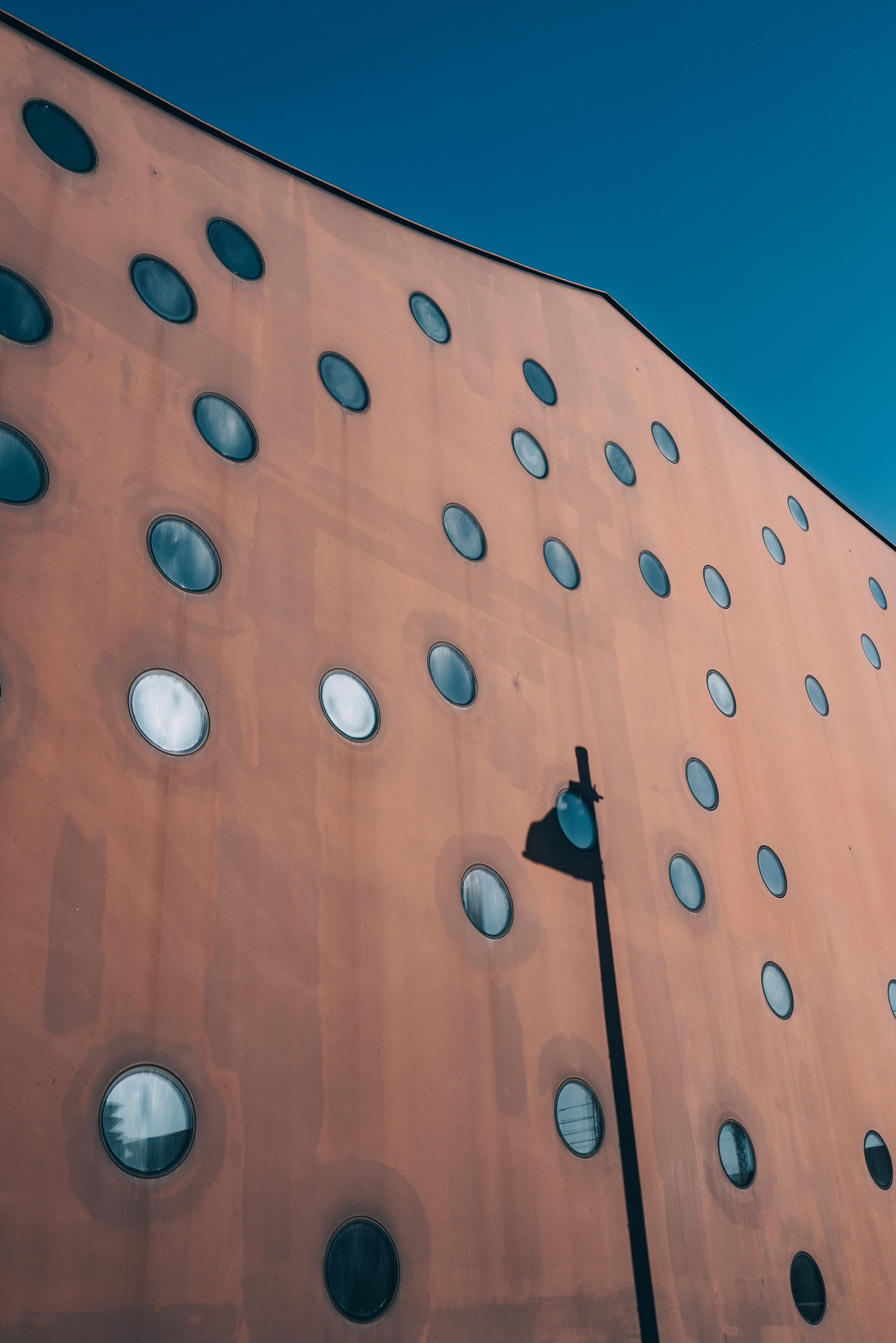
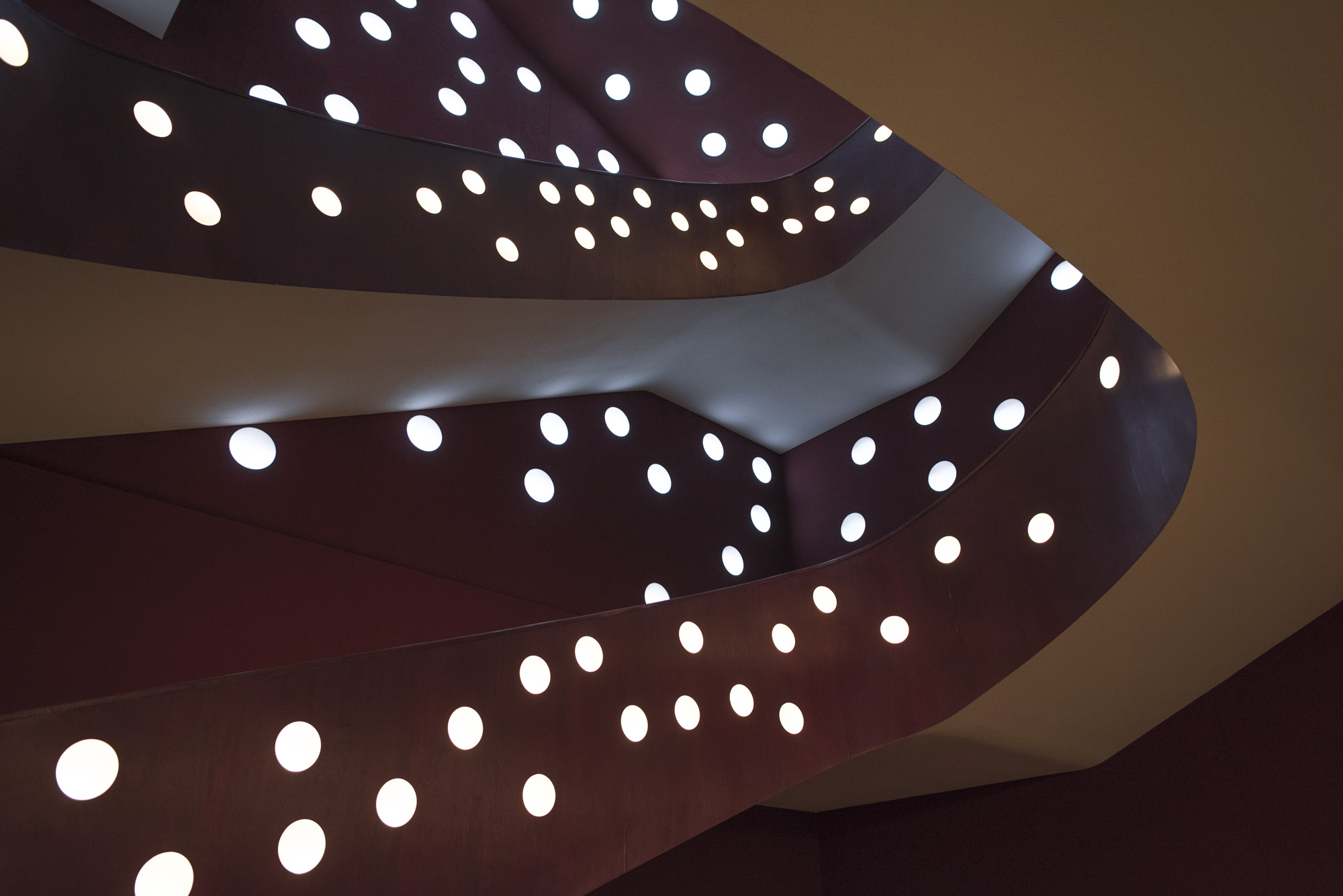


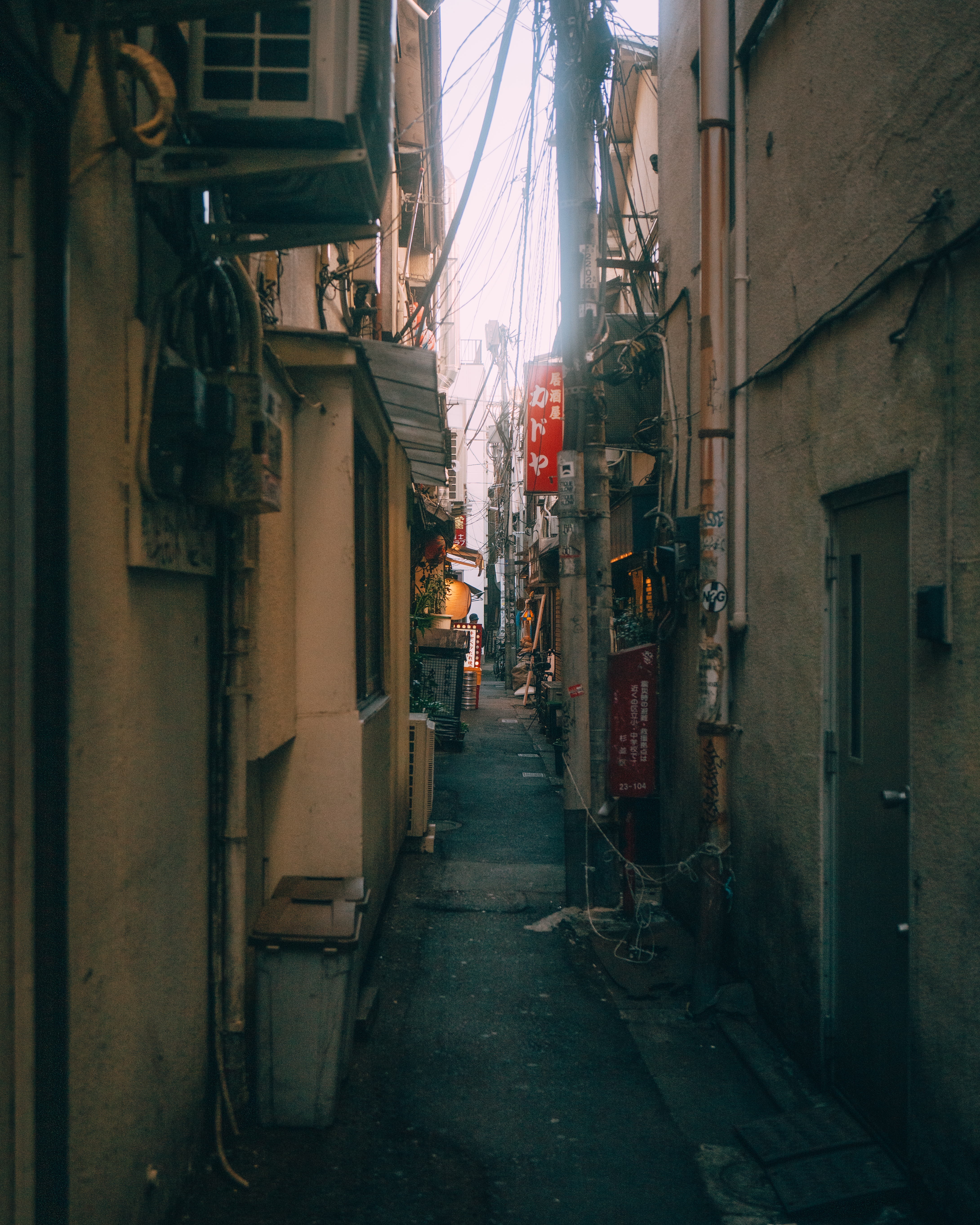
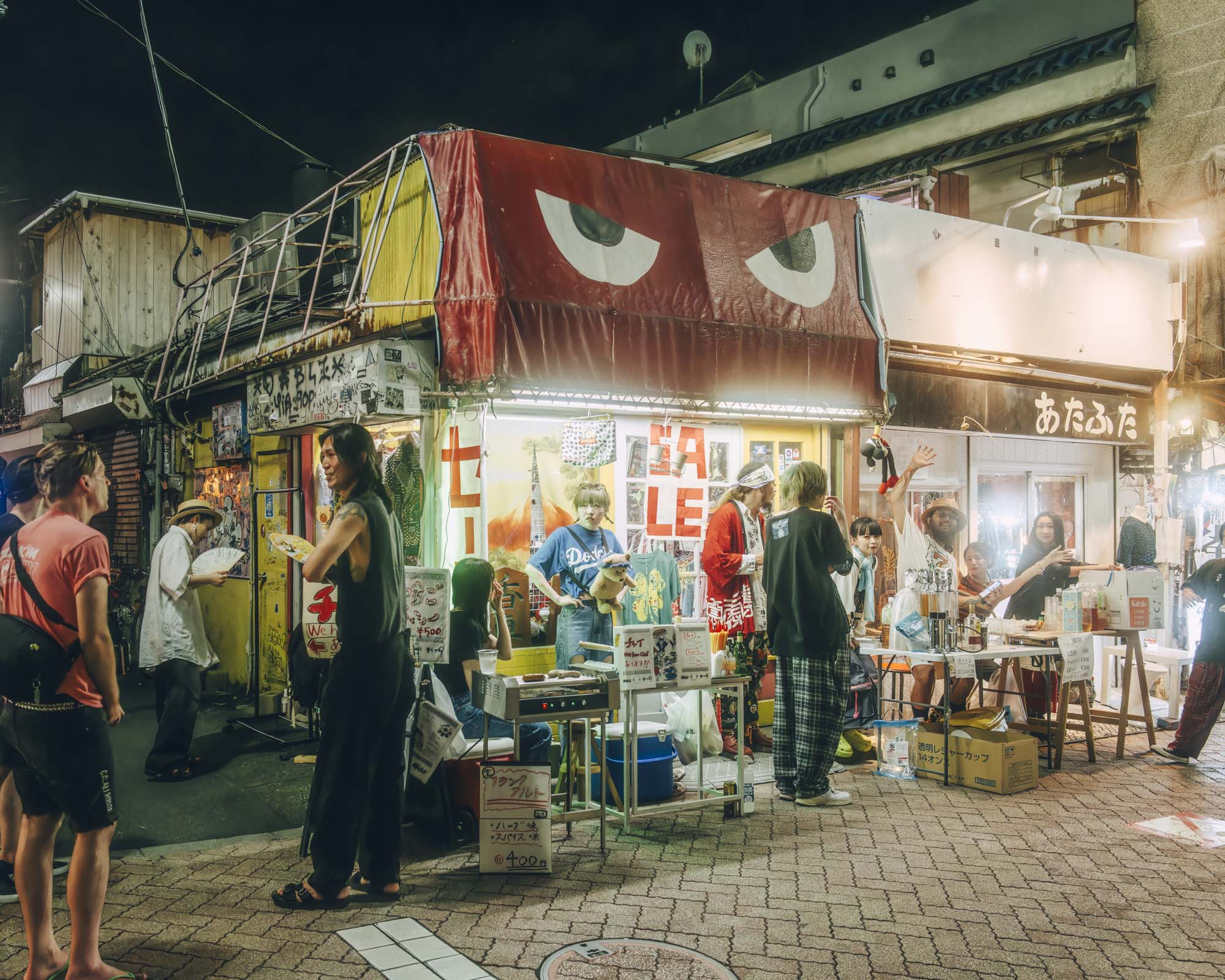

On the inside, you will find a courtyard-looking area that seems like it’s about to collapse any minute, and here you’ll find a wonderful small bar serving drinks, chai and food late into the morning hours that could exist nowhere but exactly in this neighborhood.
Kosugiyu is a locals’ favorite sento (bathhouse) located in an old house which was renovated and re-designed by Koenji’s younger creatives. If you’re not into marveling at the Mount Fuji painting on the inside while soaking your naked body with locals, then opt for the cafe and coworking space next door which is also a perfect place to relax after a day of exploring Koenji.
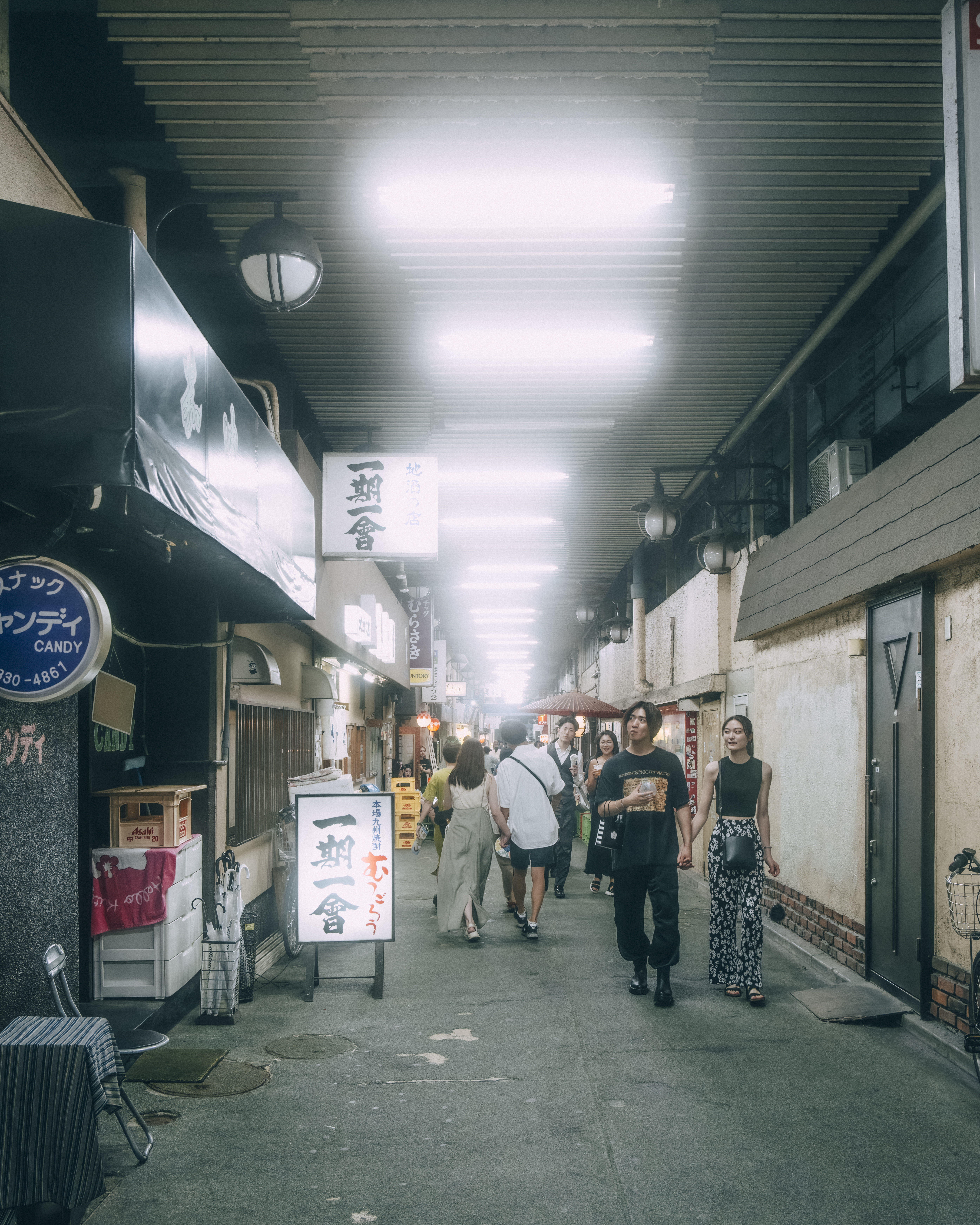

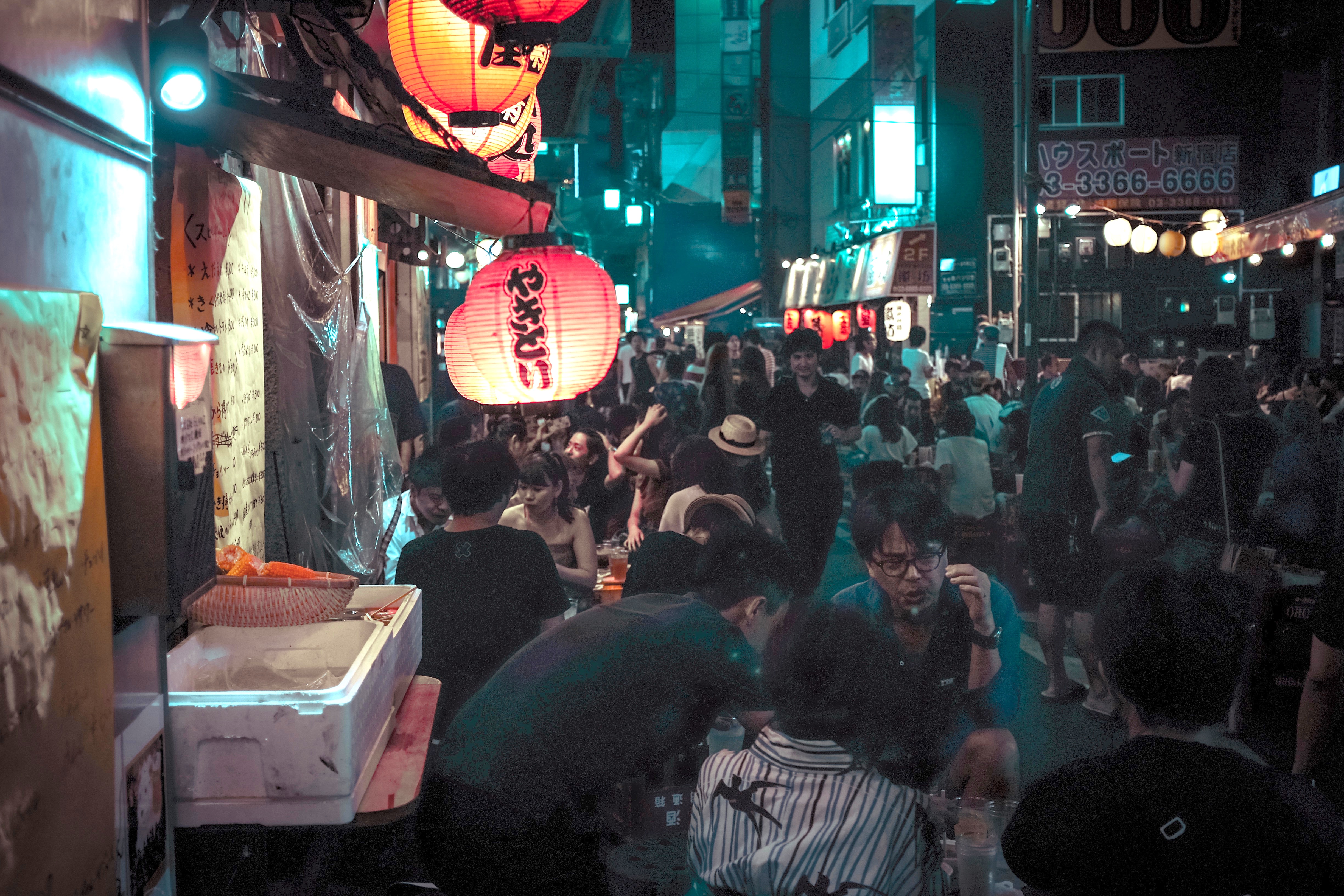
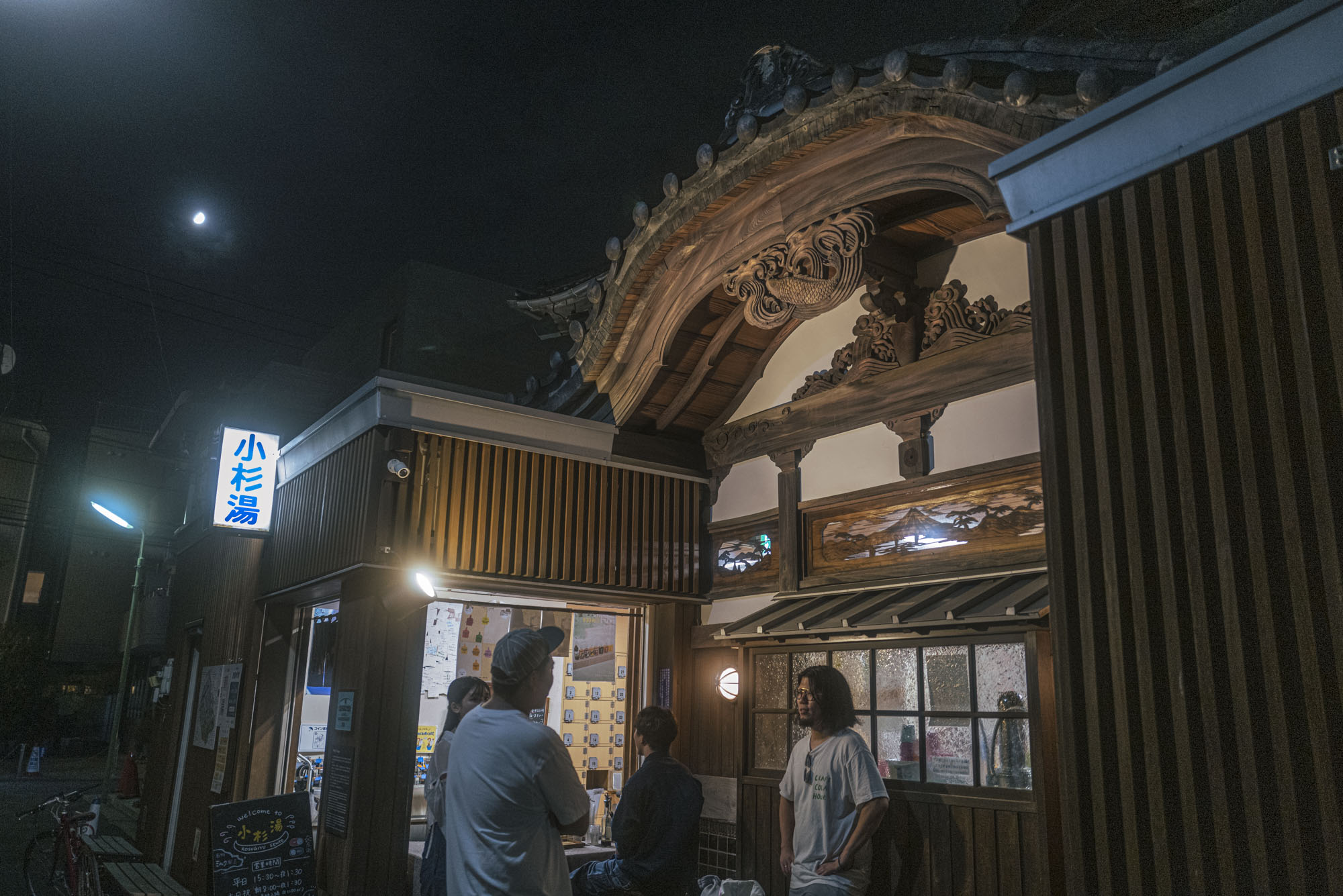
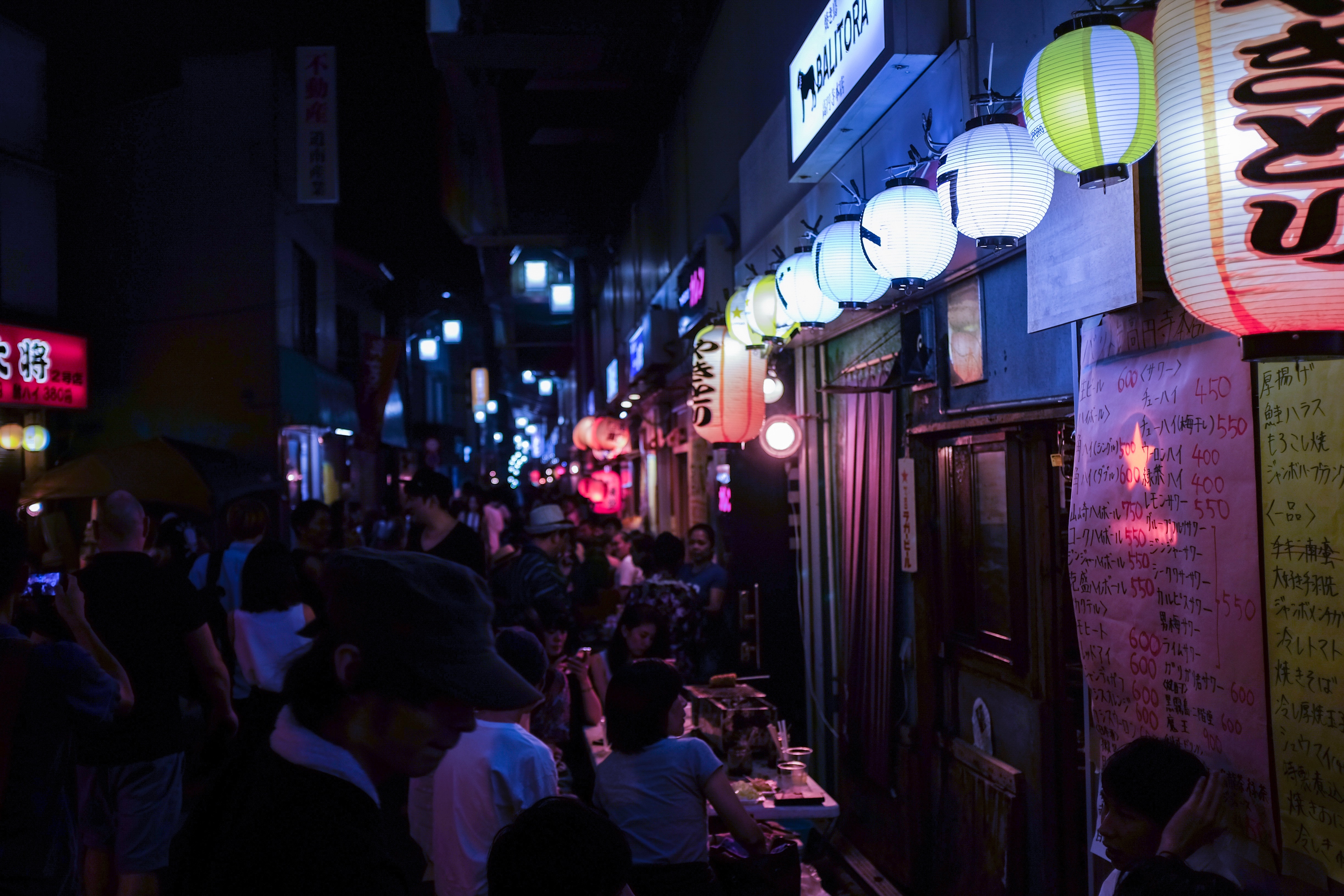
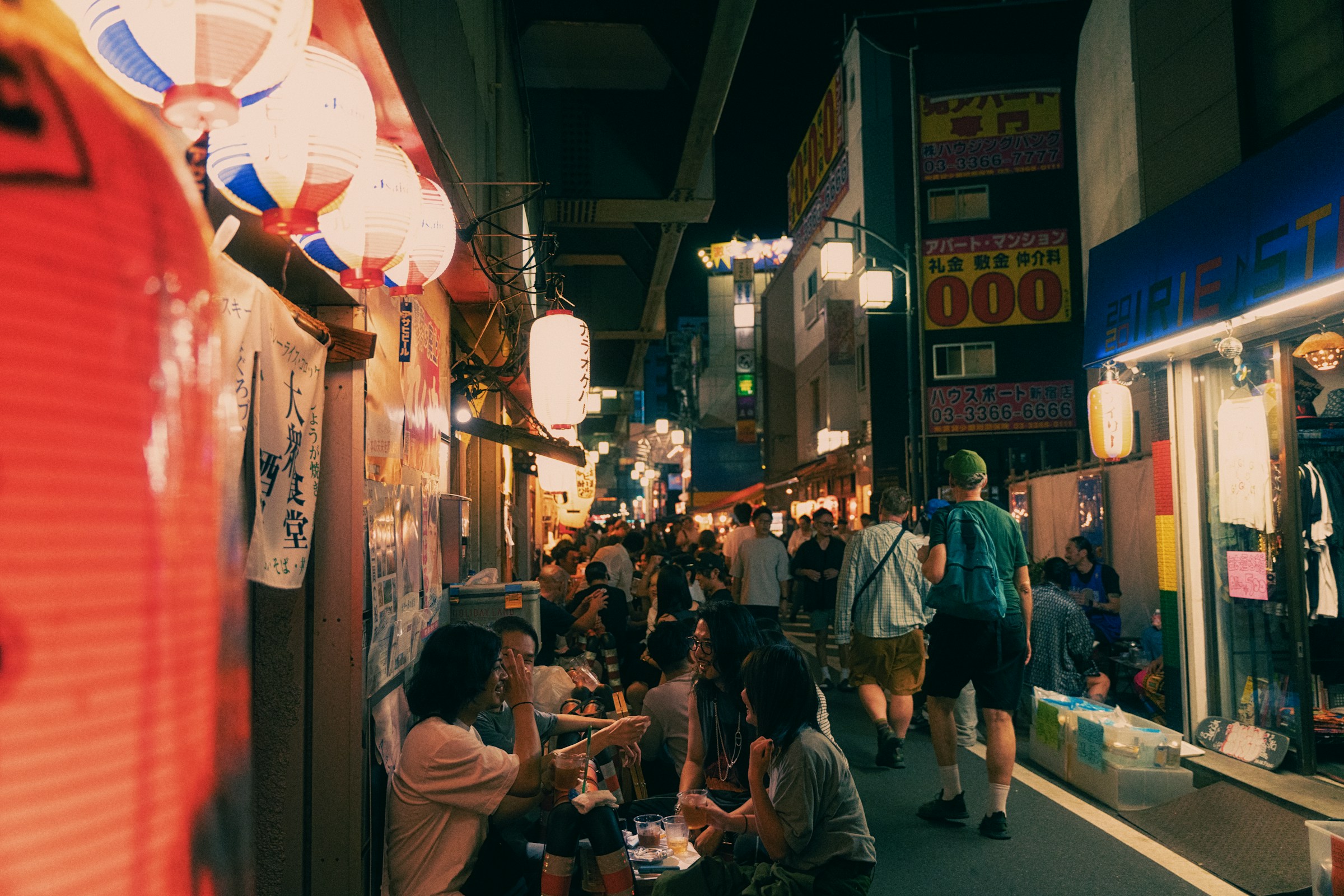
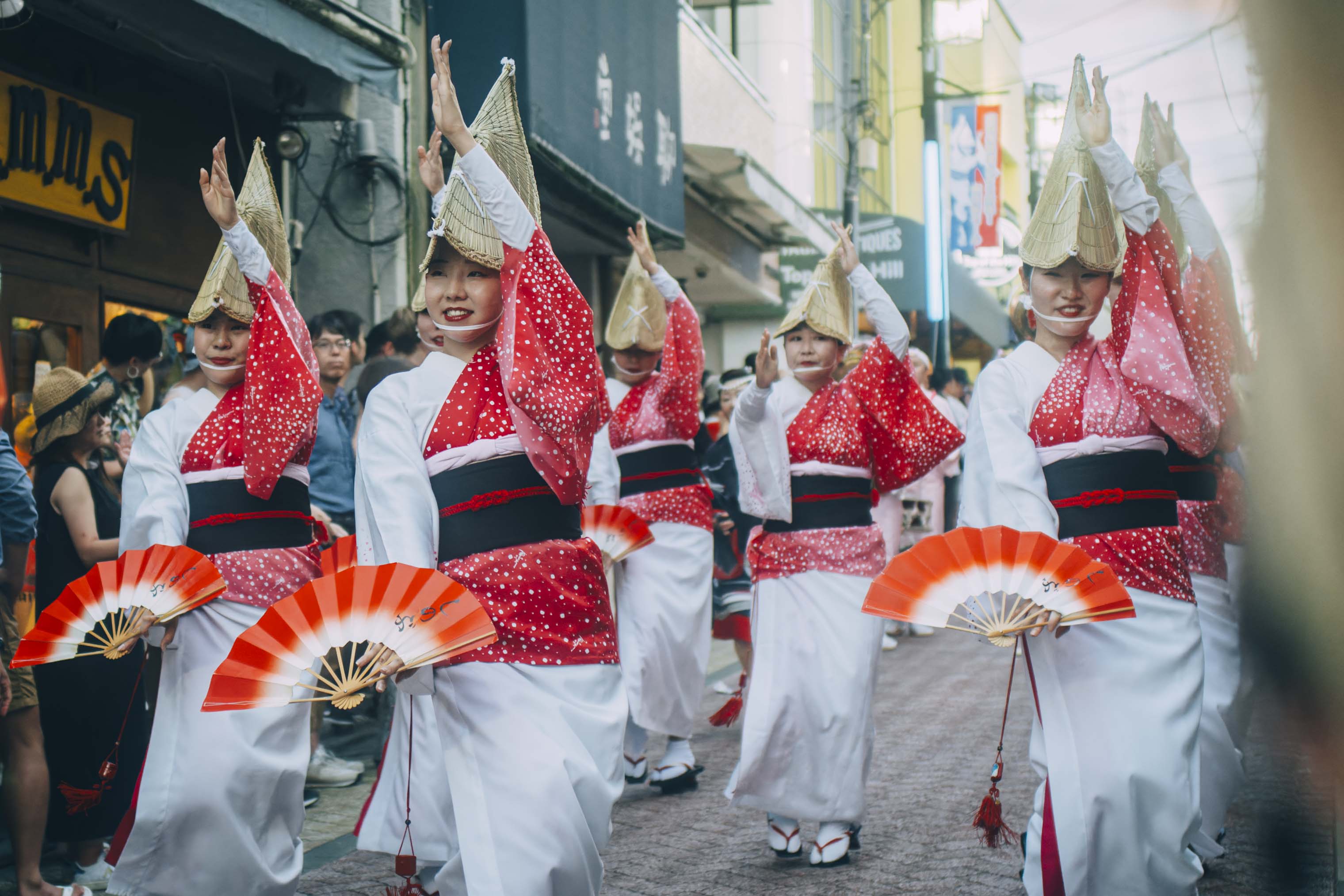
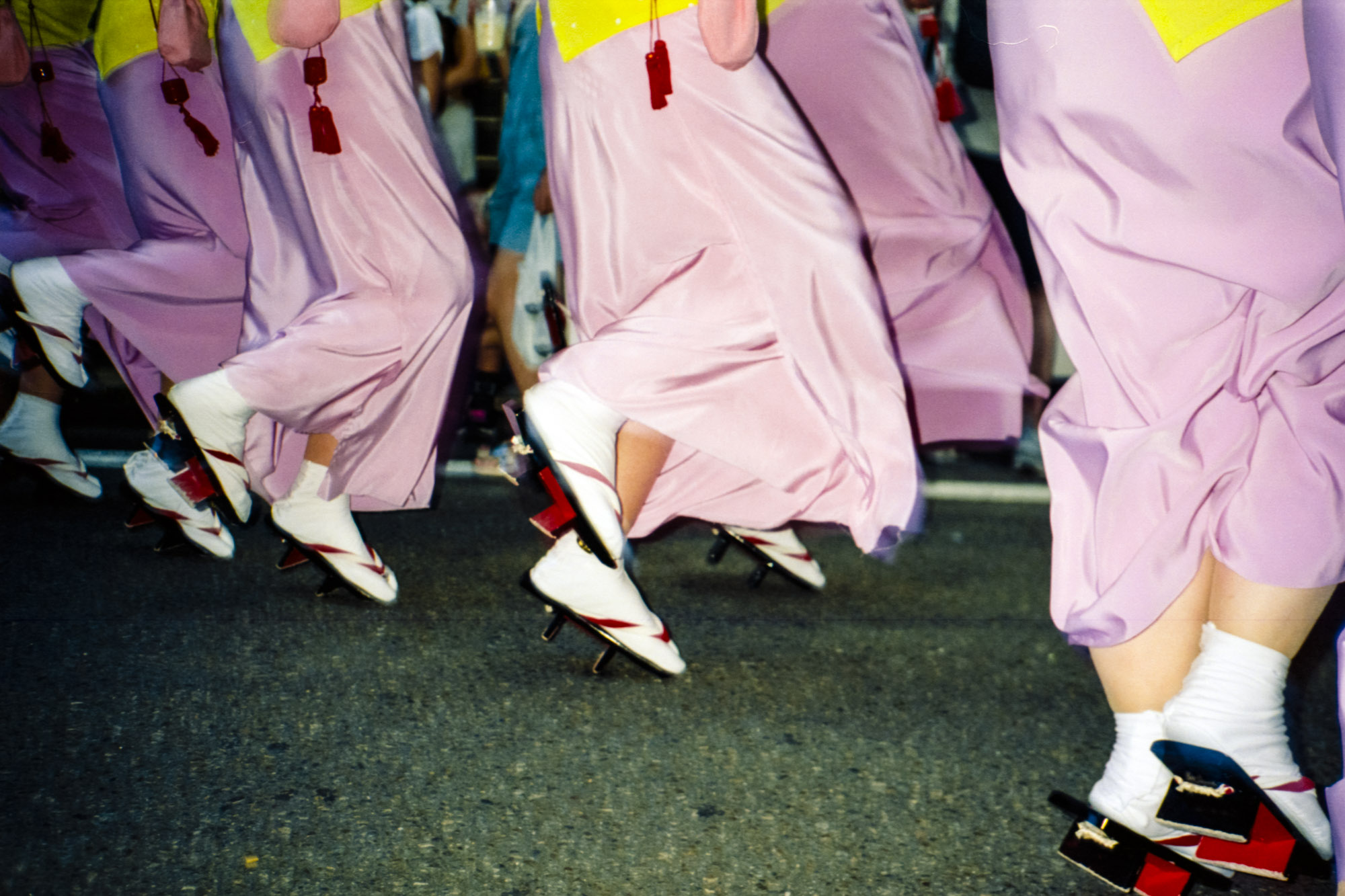
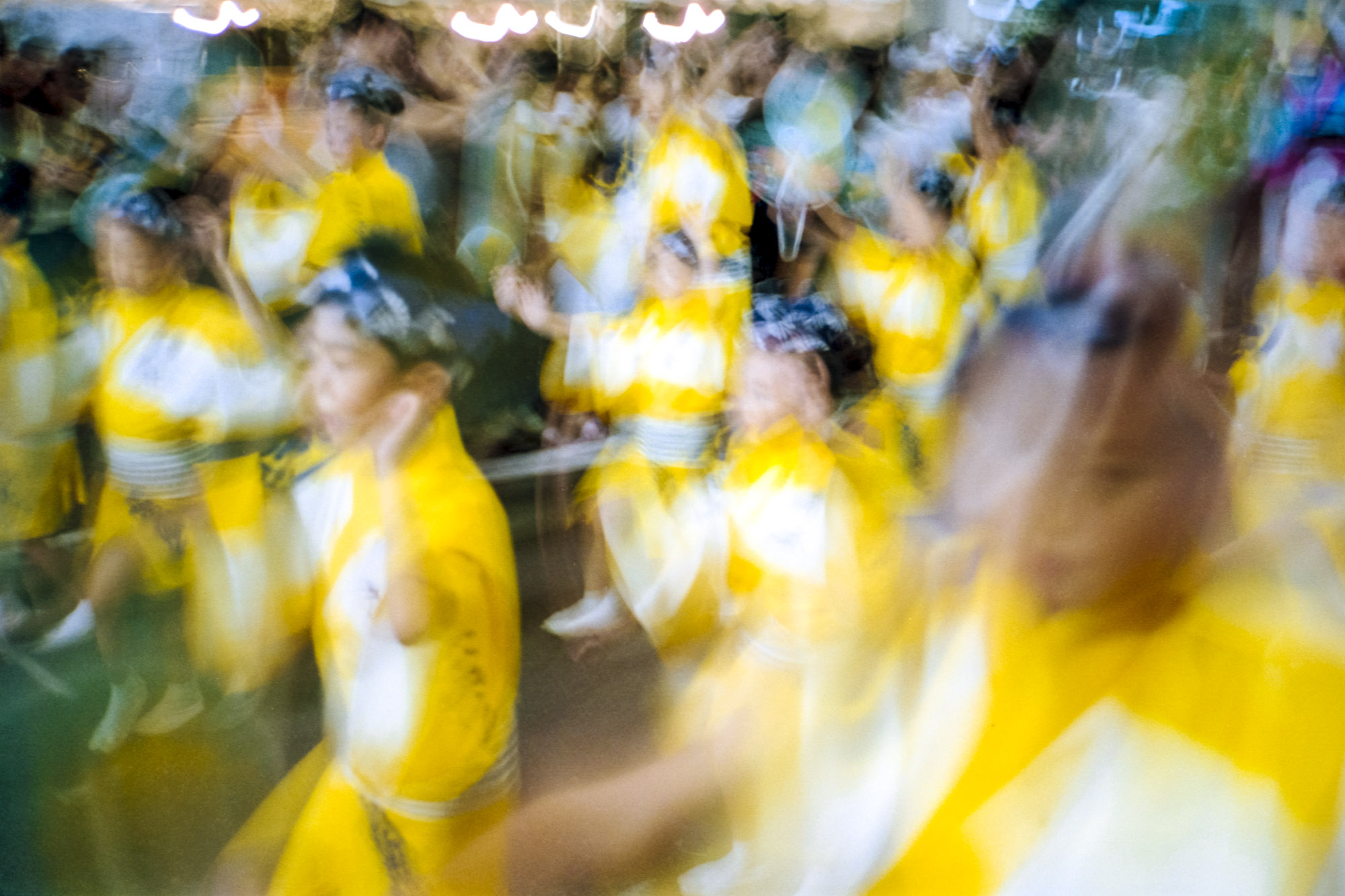
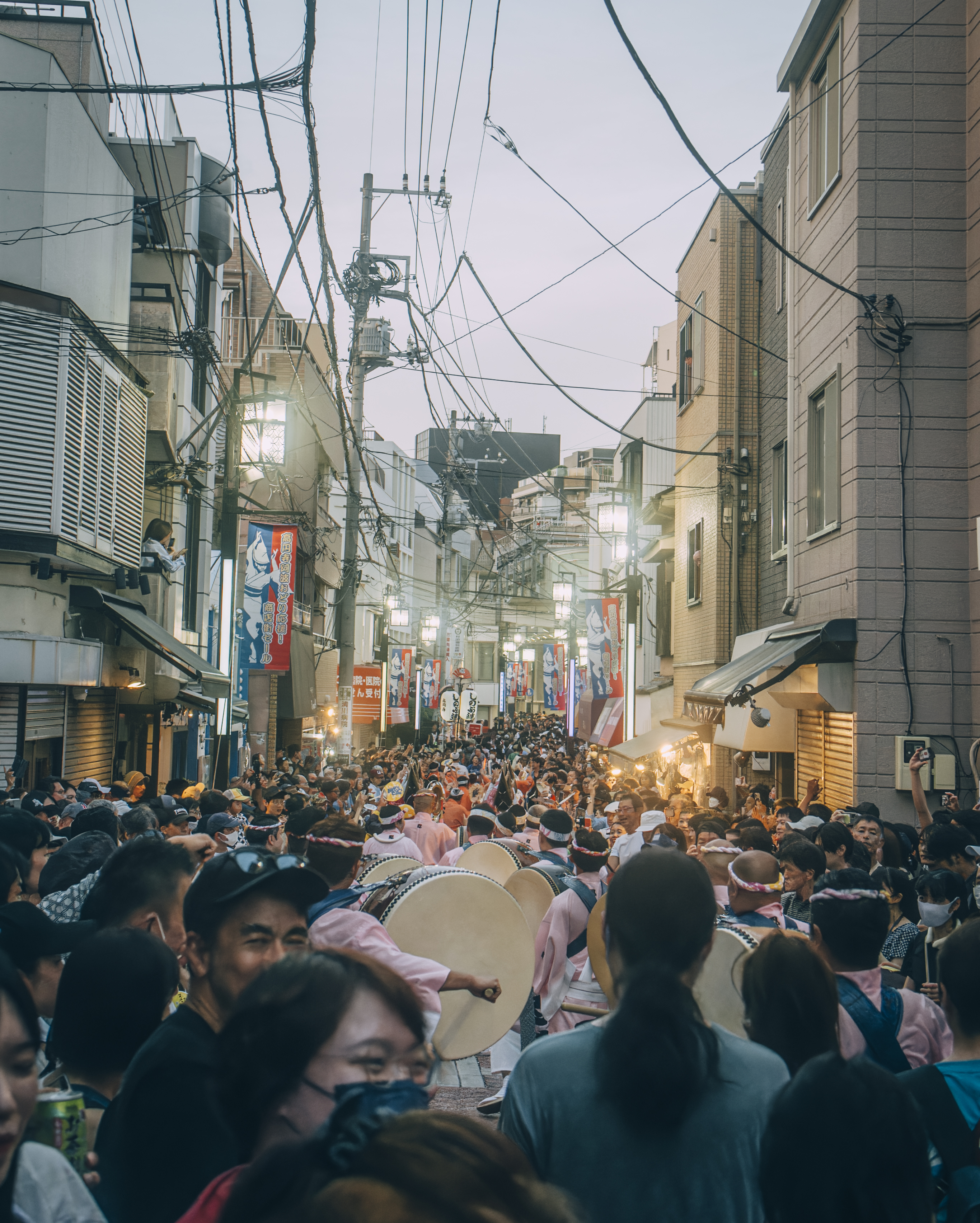
If you happen to visit in August, be sure to attend the famous Awa Odori Dance Festival which draws a crowd of over a million people who gather to marvel at the beautiful dancers and rhythmic sounds of drums well into the night.
Photos: Sybilla Patrizia and Hidekazu Tsutsui
